Star Trek’s Beloved Continuity Errors
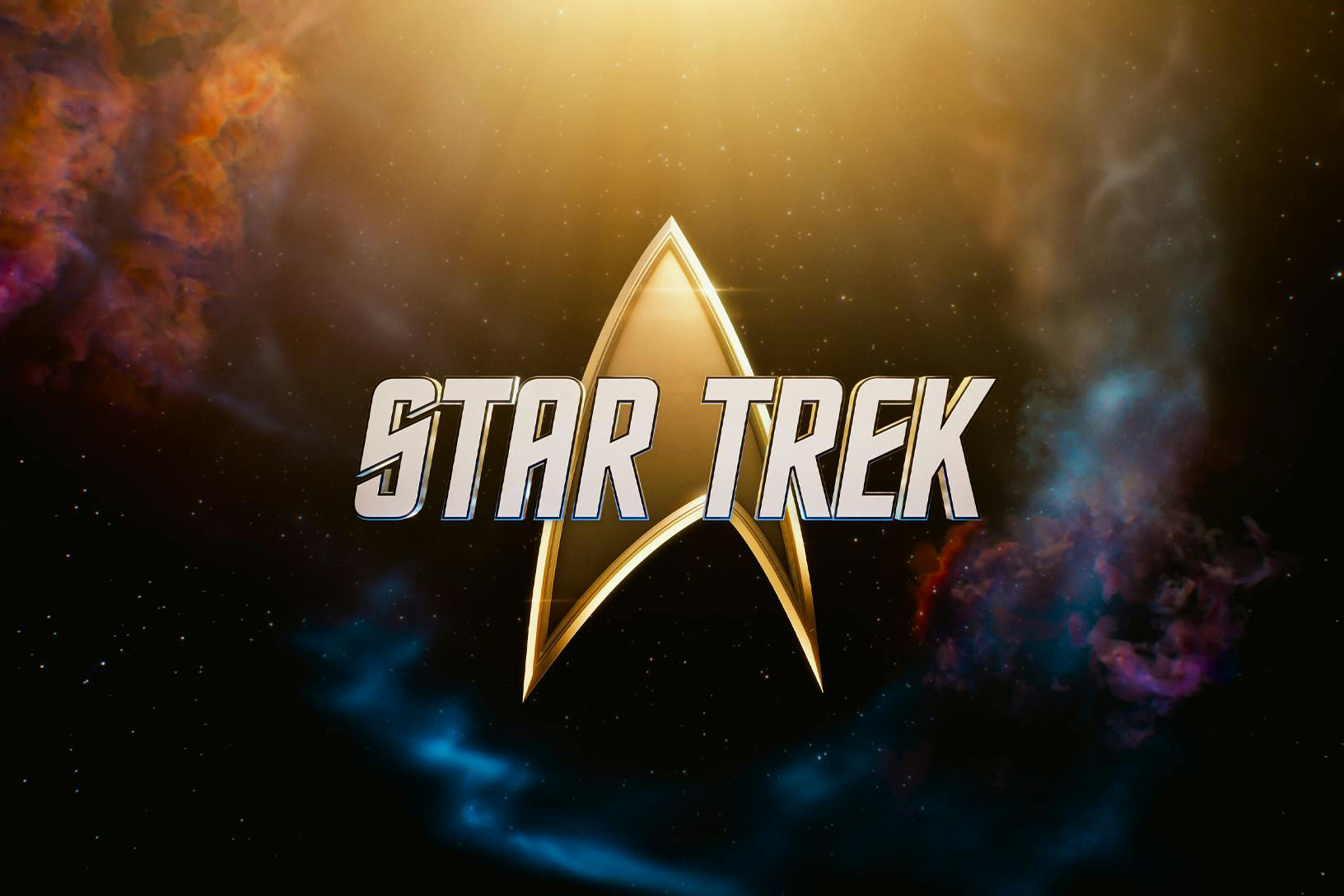
Greetings, fellow Starfleet enthusiasts! We’re diving deep into the final frontier to explore those beloved moments where Star Trek’s expansive canon takes a little detour. The franchise’s long history across multiple series and timelines means a few factual hiccups are inevitable, but as true fans, we often embrace them as part of the fun. Here are a few continuity quirks that have become legendary among the fanbase, moments we gladly overlook to keep the narrative soaring.
1. The Great Klingon Forehead Mystery
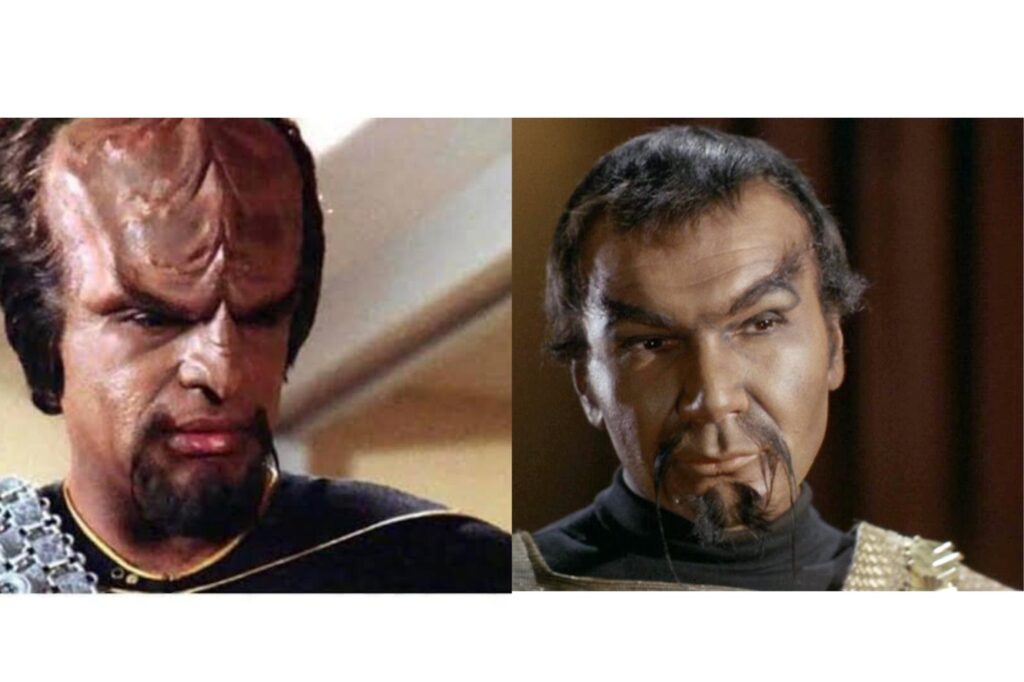
The changing appearance of the Klingons is arguably Star Trek’s most famous and oft-ignored continuity issue. In The Original Series (TOS), Klingons had smooth foreheads and a more human-like look, a design choice primarily due to budgetary constraints. Then, in Star Trek: The Motion Picture and subsequent series like The Next Generation (TNG), they gained their iconic ridged foreheads. Deep Space Nine (DS9) and Enterprise (ENT) eventually offered an in-universe explanation, tying the change to a failed genetic experiment involving a human virus, a retcon that many fans appreciate for trying to bridge the gap, even if they often just ignore it in day-to-day viewing. The latest iterations, like Discovery and Strange New Worlds, have further revised the Klingon look, adding new layers to this visual puzzle.
2. Kirk’s Middle Initial Swap
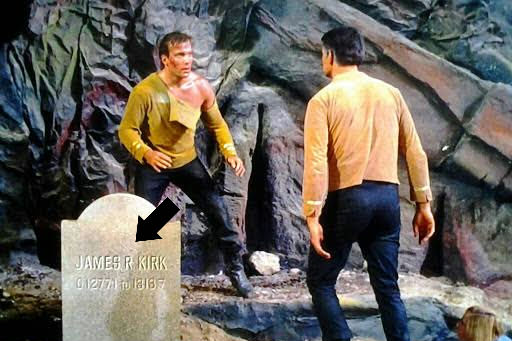
A small but persistent error occurs in the TOS pilot, “Where No Man Has Gone Before,” when Kirk’s best friend, Gary Mitchell, uses the middle initial “R” on Kirk’s grave marker. We all know the legendary captain as James T. Kirk, with the “T” standing for Tiberius, as established in the non-canon animated series and later made canon in Star Trek VI: The Undiscovered Country. The initial “R” was a simple mistake made by the writers early in the show’s development before the character’s full name was finalized. Fans simply treat the “R” marker as a playful error, perhaps an affectionate, final prank by Mitchell, allowing the canonical ‘Tiberius’ to remain firmly in place.
3. The Curious Case of Picard’s Hair
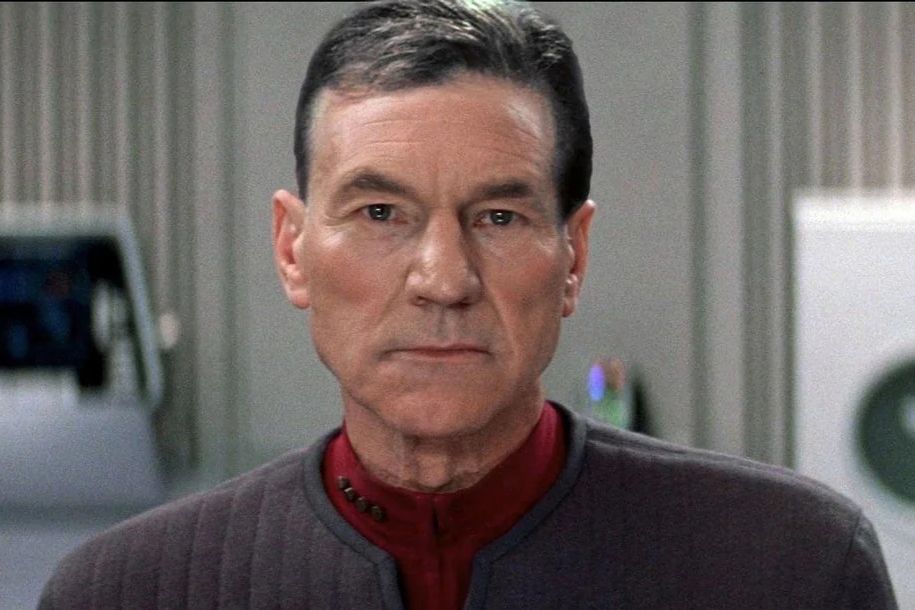
Captain Jean-Luc Picard is one of Starfleet’s most distinguished officers, instantly recognizable by his clean-shaven head. However, flashback episodes and photographs in The Next Generation offered inconsistent accounts of when he lost his hair. One photo from his time at Starfleet Academy shows him completely bald, while the episode “Tapestry” features a younger, more reckless Ensign Picard with a full, albeit thinning, head of hair. The most jarring discrepancy is in the movie Star Trek: Nemesis, which shows a flashback of a young Cadet Picard already bald. Fans usually chalk this up to various production needs and simply embrace the image of a fully-haired younger Picard from “Tapestry,” as it offers a richer character insight.
4. Starfleet’s Shifting Uniform Styles
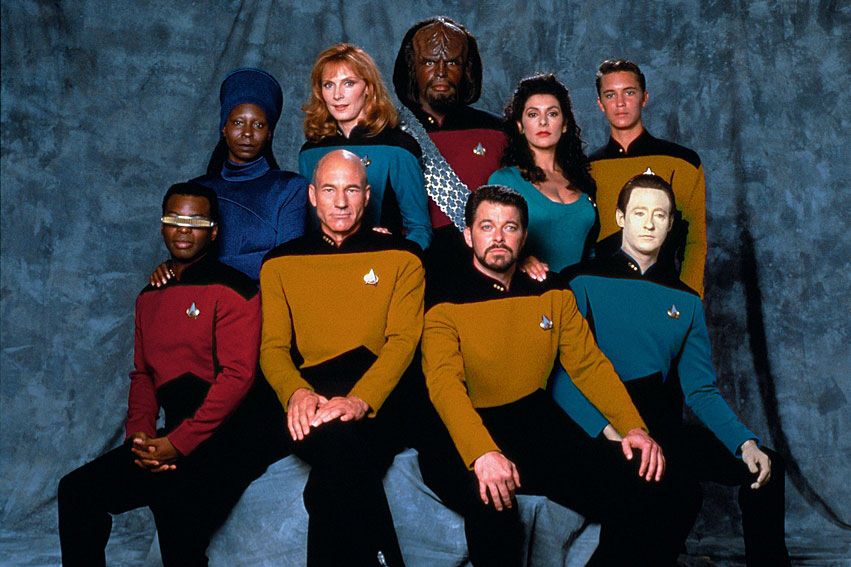
Across the various eras of Star Trek, Starfleet’s uniform regulations seem to be almost as changeable as the Federation’s adversaries. The distinct, colorful tunics of The Original Series gave way to the pastel jumpsuits of The Motion Picture, which then evolved into the spandex and two-piece wool uniforms of The Next Generation. Deep Space Nine and Voyager introduced a more utilitarian, dark-colored design, while Enterprise went back to an earlier, jumpsuit-style look. While real-world fashion changes are constant, the rapid and radical shifts in Starfleet’s mandated attire, often across just a few years of fictional time, are visually inconsistent. Fans treat each series’ uniform as a separate, beloved fashion era.
5. Universal Translator Inconsistencies
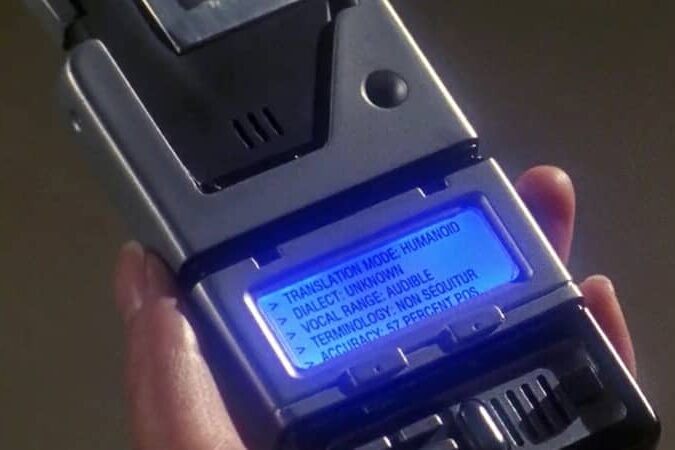
The Universal Translator (UT) is a vital piece of Star Trek technology, instantly converting alien languages into comprehensible English and vice versa. However, its effectiveness is highly inconsistent, particularly when characters are undercover. For instance, when Federation officers like O’Brien, Sisko, and Worf infiltrate a Klingon-run prison in the DS9 episode “Apocalypse Rising,” they speak and are understood in English, which the UT should theoretically be translating back into Klingon for the others. Yet, if the UT were working perfectly, the Klingons would likely notice the lip movements of the disguised officers not matching the translated Klingon words. Most viewers simply accept that for the sake of the audience, the device is “working” and overlook the visual mismatch and occasional, plot-convenient failure of the device.
6. The Warp Factor Scale Dilemma
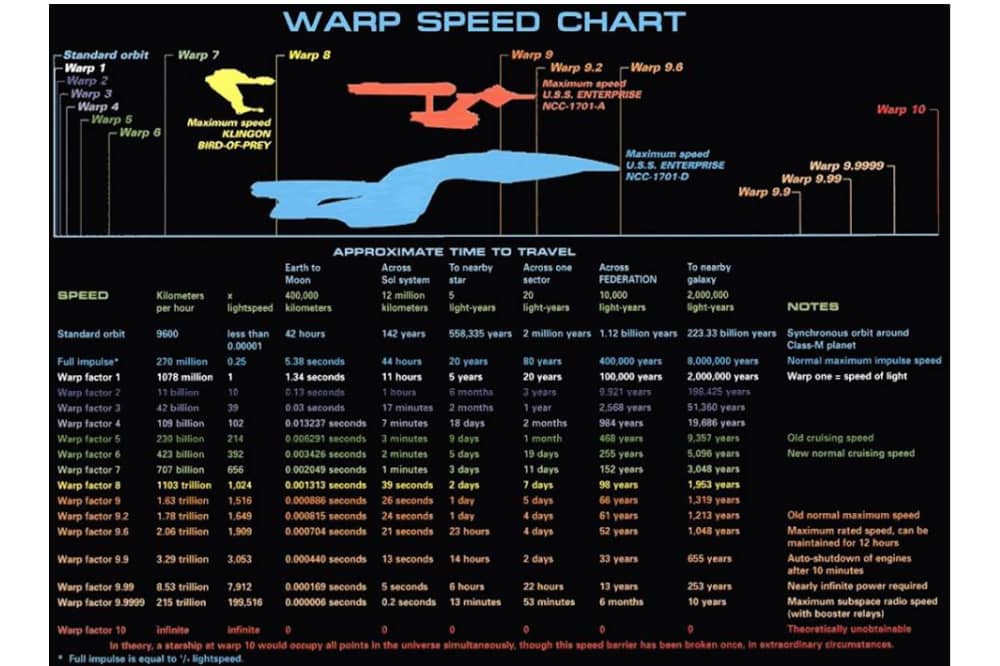
The system used to measure faster-than-light travel, Warp Factor, undergoes a significant, unaddressed shift between The Original Series (TOS) and The Next Generation (TNG). In TOS, Warp 10 was a speed limit, an infinite velocity (as explored in Voyager). Yet, in TNG and beyond, ships regularly exceed Warp 9, with the scale clearly redefined. This was a necessary change to allow for more dramatic, rapid travel in TNG’s larger galaxy. Fans have quietly accepted the TNG scale as the standard, choosing to view the original Warp Factor as a simple “beta” version of the scale that was later replaced with a more refined, logical, and flexible system of measurement.
7. Earth’s Security Shield Failures
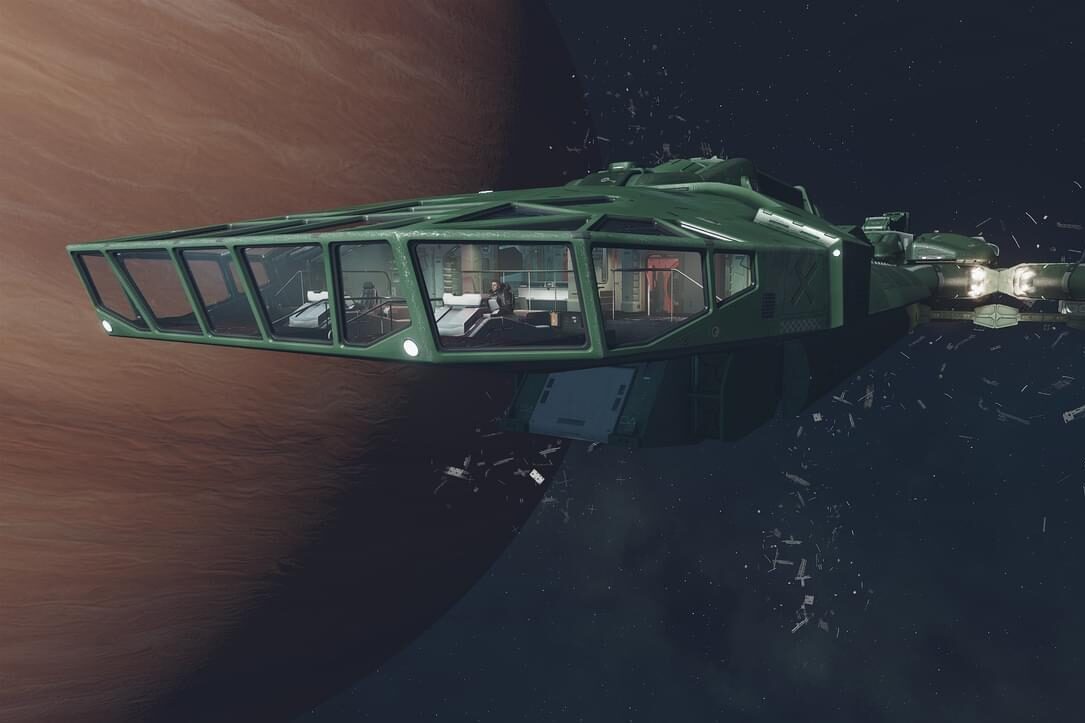
The planet Earth, the heart of the Federation, is frequently depicted as surprisingly vulnerable to attack, a major continuity issue considering its strategic importance. Time and again, enemy forces, from the Borg to the Dominion, and even a rogue Klingon bird-of-prey, manage to breach the heavily-populated solar system and attack the capital. This occurs despite the Federation boasting superior technology and a highly organized Starfleet. Fans reconcile this by assuming Starfleet’s resources are primarily spread thin across the entire quadrant, defending countless member worlds, and that a surprise attack, often via unconventional means like cloaking or time travel, is the only way a hostile force can bypass the defenses.
8. Klingons and Romulans: The Cloaking Divide
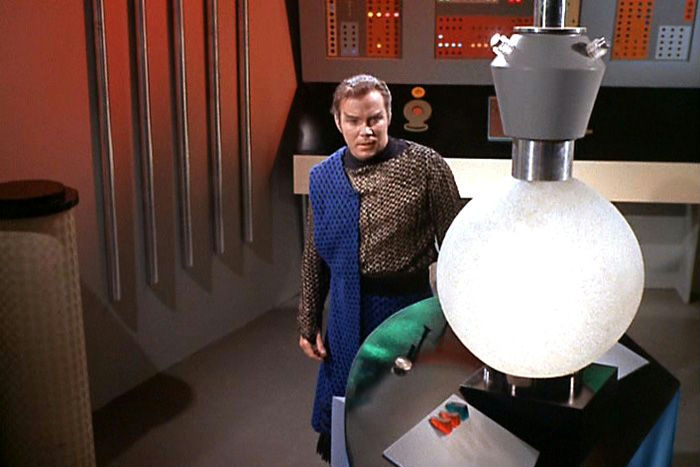
The technology for a cloaking device is one of the Federation’s most coveted secrets, and its rules are often bent for plot convenience. The Romulans are famous for their cloaks, but Klingon ships also possessed them, even in the TOS era. The continuity issue arises with the Treaty of Algeron, which legally prohibits the Federation from developing or utilizing cloaking technology. However, Starfleet manages to bend this rule, famously with the USS Defiant in Deep Space Nine, which utilizes a phased cloaking device provided by the Romulans as a loophole. The willingness to ignore the treaty’s spirit in times of extreme need, like the Dominion War, is often overlooked as a pragmatic, necessary evil.
9. The Sudden Appearance of the Bajoran Wormhole
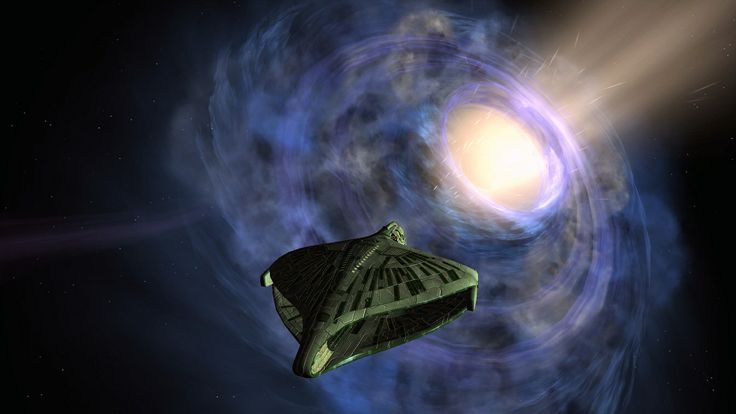
The discovery of the Bajoran Wormhole, a stable shortcut to the Gamma Quadrant, is the central premise of Deep Space Nine. The error here is one of geographic consistency: the wormhole is located in the Bajoran sector, dangerously close to the Federation’s borders and major shipping lanes. The fact that a stable, natural phenomenon of this magnitude had gone completely unnoticed by Starfleet and other major powers for centuries is highly improbable given their advanced deep-space sensors and exploration mandates. The fandom’s accepted headcanon is that the wormhole only stabilized, or was somehow ‘activated’, around the time of its discovery, possibly by the Prophets, which explains the centuries of silence.
10. The Starfleet Academy Classmates Conundrum
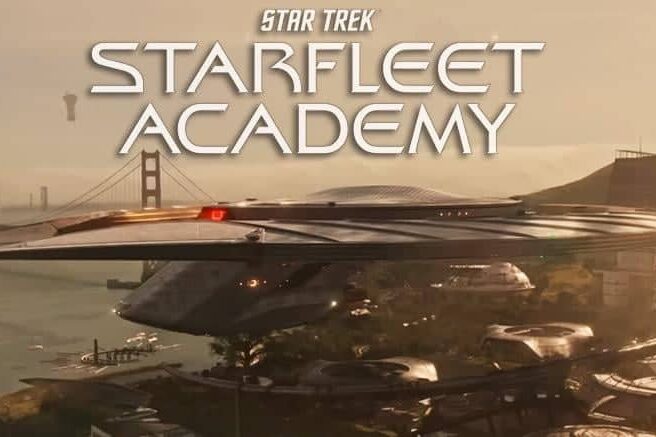
Many main characters across the different series, despite being from various planets and graduating years apart, often seem to know all of each other’s most intimate Starfleet Academy stories. For example, Captain Picard, Doctor Crusher, and Captain Riker all frequently reference the same dramatic events and experiences from their Academy days, despite their age differences suggesting they weren’t all there simultaneously. This is a common narrative device used to establish a history and familiarity between the main cast members. Viewers simply appreciate the shared background, overlooking the logistical improbability that officers separated by decades in age and experience would share such detailed, personal memories from their cadet years.
11. The Ever-Changing Ship Sizes
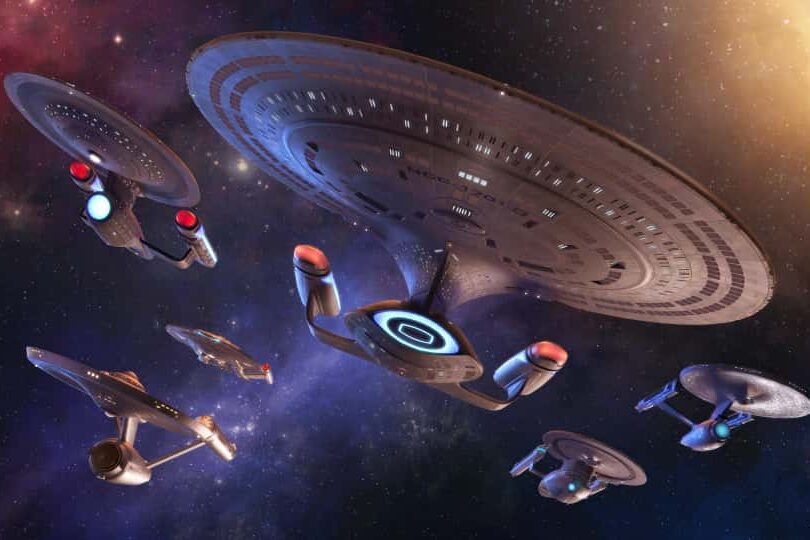
The internal and external dimensions of Starfleet vessels, particularly the Galaxy-class Enterprise-D, are frequently inconsistent, a visual continuity error born from the needs of filming. The Enterprise-D is canonically enormous, but the set design often fails to reflect this size consistently. For instance, the main engineering section seems to change in both size and layout depending on the episode’s requirements. The corridors can appear claustrophobically narrow in one scene and wide open in the next. Most fans don’t pay attention to the blueprints, choosing instead to focus on the scale of the adventure, allowing the set design to prioritize the scene’s emotional or action-oriented needs.
12. Kirk’s Forgotten Brother, Sam
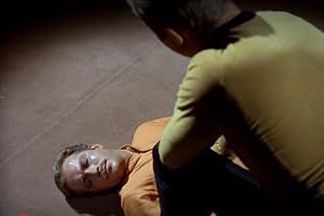
Captain Kirk’s older brother, George Samuel “Sam” Kirk, is a character whose existence and demise are briefly established in the TOS episode “Operation: Annihilate!” Sam, along with his wife, is killed on the planet Deneva. The error here is that a character so integral to Kirk’s personal history is never mentioned again in the original series or movies. His existence is an almost forgotten footnote in the Captain’s backstory, an emotional detail that vanishes from the ongoing narrative. Fans generally assume Kirk grieved privately and that his brother’s tragic death was a formative trauma that he simply preferred not to discuss, allowing the focus to remain on the action and Kirk’s mission.
13. The Transporter’s Safety Record
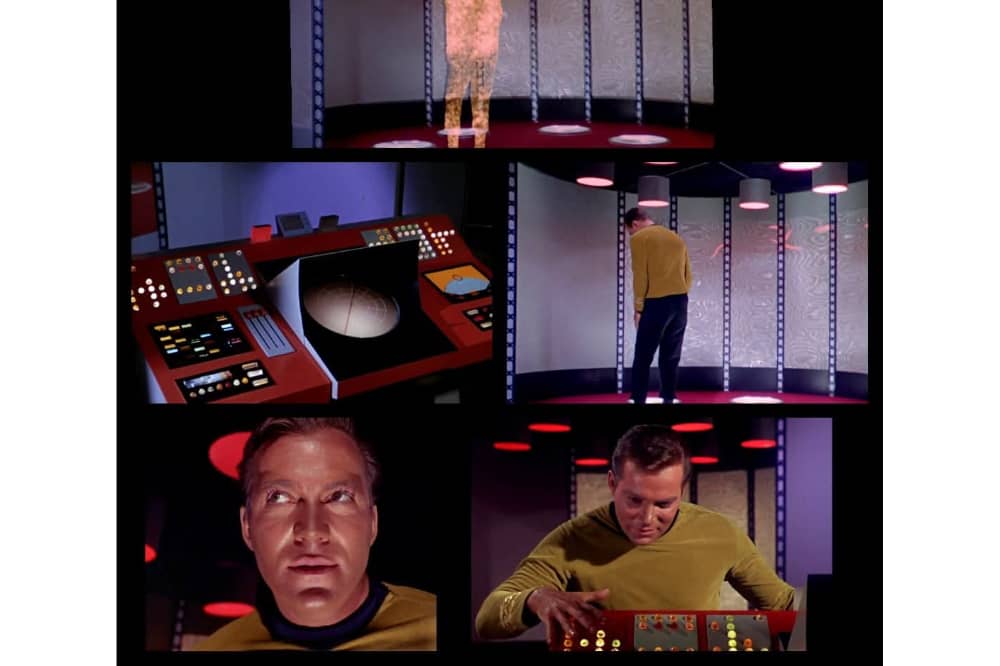
The transporter, a technology that converts matter into energy for rapid beaming, is surprisingly volatile, despite being used almost daily by Starfleet personnel. Numerous episodes across all series focus on the transporter malfunctioning, resulting in everything from splitting a person into “good” and “evil” copies (as seen with Kirk in “The Enemy Within”) to combining two crew members into a single being. Yet, the vast majority of Starfleet personnel step into the pads without a second thought, relying on it implicitly. The continuity break is in the characters’ lack of fear, viewers often suspend disbelief, acknowledging that if the crew worried about the transporter every day, the drama would stall.
14. Federation Technology Level Inconsistency
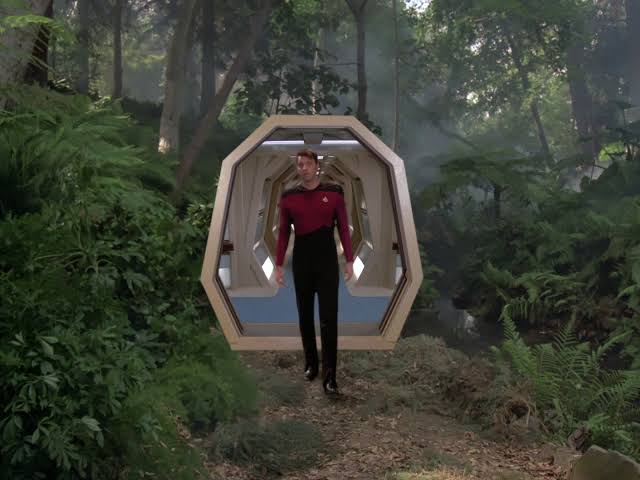
The technological capabilities of the Federation often feel inconsistent, fluctuating wildly depending on the series and specific plot demands. For example, ships in Voyager, set later than TNG, often lack fundamental technologies that were commonplace on the Enterprise-D, such as the extensive use of holodecks or advanced sensor arrays. Furthermore, the level of medical knowledge seems to regress in some series, with simple ailments requiring complex, episode-long solutions. This issue is primarily a result of the different series having different production budgets and needs, which fans understand and overlook, preferring to accept the technology present in any given show as the standard for that storyline.
15. The Romulans’ Sudden Isolation
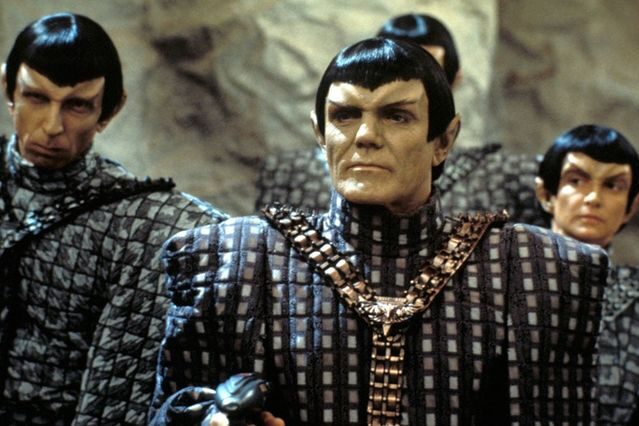
The Romulan Star Empire, a major power and early adversary in TOS, became almost completely absent from galactic affairs during the early and middle seasons of The Next Generation. After the Federation-Romulan War of the 23rd century, there was a period of near-silence, broken only by a few, significant encounters. Their isolation, despite being one of the major interstellar players, is a notable gap in the galactic political landscape. This was largely a writing choice to focus on new threats like the Borg, but fans often rationalize it as the Romulans retreating behind their Neutral Zone for a decades-long period of political isolation and military buildup after a resource-depleting, costly conflict.
16. Warp Core Ejection’s Uselessness
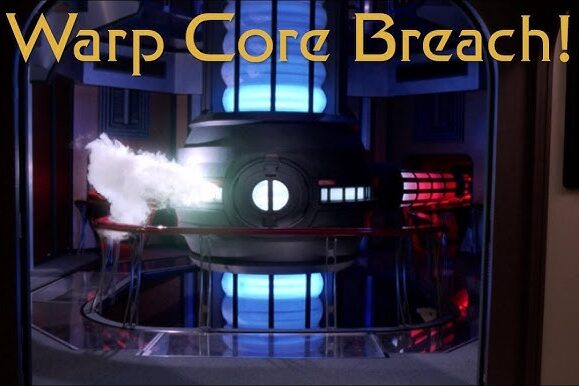
The emergency warp core ejection system is a dramatic and often-mentioned safety feature on Federation starships, designed to jettison a failing, exploding core before it destroys the ship. The continuity error is that, almost without fail, the system is mentioned, initiated, and then malfunctions or fails to work when truly needed. The dramatic necessity of a starship disaster means this key piece of safety equipment rarely, if ever, saves the day. Viewers accept this as a necessary trope of the genre, understanding that the narrative demands the destruction to heighten the drama and peril for the crew, regardless of the starship’s design schematics.
17. The Missing Section 31 Investigation
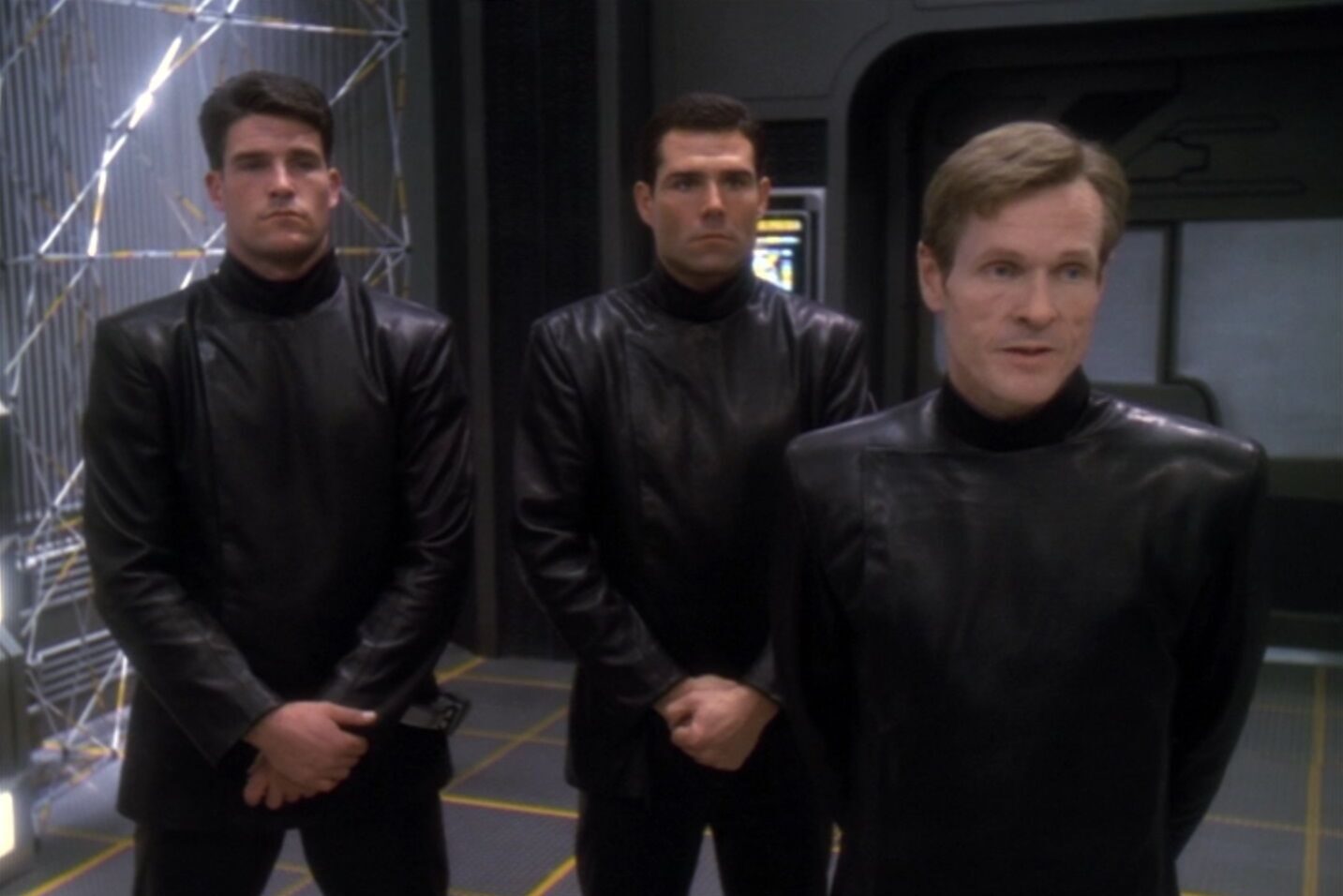
Section 31, the clandestine, amoral intelligence agency of the Federation, is introduced and heavily featured in Deep Space Nine and later appears in Discovery. However, this powerful, influential, and morally grey organization is completely unmentioned and appears non-existent in The Next Generation and Voyager. Given their presence during the Dominion War and their activities during the Discovery era, their complete absence during the time of the Enterprise-D is a gaping hole in Starfleet lore. Most fans simply assume that Section 31’s operations are so secret that Captain Picard and Captain Janeway were simply never made aware of them, keeping the mainline narratives pure and morally idealistic.
18. Ferengi’s Pre-TNG Appearance
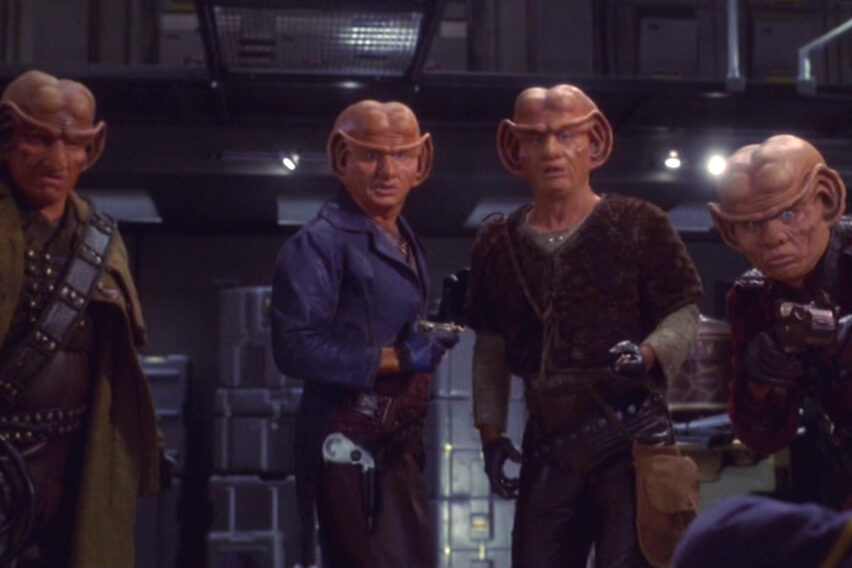
The Ferengi, a species primarily known for their avarice, are introduced in The Next Generation as a major new threat. However, the Enterprise series, set 100 years earlier, features an episode, “Acquisition,” where an Earth ship encounters Ferengi, revealing that they were active centuries before their official “first contact” mentioned in TNG. This early appearance contradicts the original intention of TNG’s writers to introduce them as a new, significant threat to the Federation. Fans simply treat the early Enterprise encounter as an unrecorded or quickly forgotten footnote, an isolated incident that didn’t enter the official Starfleet historical logs, thereby preserving the dramatic first meeting in TNG.
19. The Rapid Evolution of the Holodeck
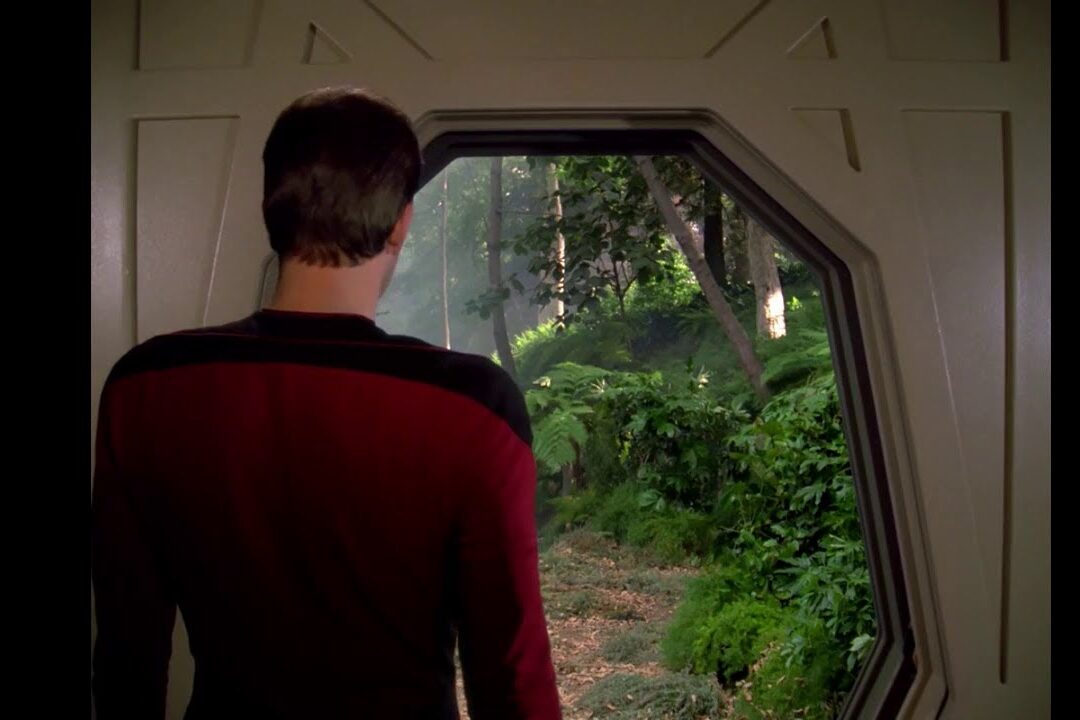
The holodeck, introduced in The Next Generation, is an advanced technology that creates solid, interactive matter and lifeforms using energy and force fields. The primary issue is the speed of its development, it is seemingly not utilized or mentioned in the TOS era, yet by TNG, it is perfected enough to be a standard, though often malfunctioning, feature on starships. The rapid technological leap from non-existence to near-perfect realism is inconsistent with the Federation’s generally slow and steady march of progress. Fans rationalized this by suggesting the core technology existed earlier, but the necessary safety protocols and computing power to make it a practical, widespread amenity were only developed just before TNG.
20. The Overuse of Red Alerts
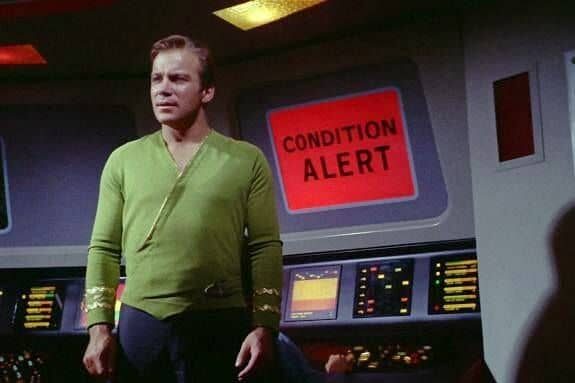
The “Red Alert” status, signifying a state of maximum danger, is activated countless times across all series, often for relatively minor incidents. The ships’ main power grid, lighting, and internal systems consistently handle this shift, yet a major system failure is often only one hit away. In a truly consistent universe, Starfleet would likely have various degrees of alert beyond just “Yellow” and “Red.” The over-reliance on the full Red Alert setting often feels like a dramatic overstatement. Fans ignore this for the simple narrative function it serves: it instantly communicates to the audience that the crew is in serious peril, and that the stakes have been raised.
21. Data’s Emotion Chip Dilemma
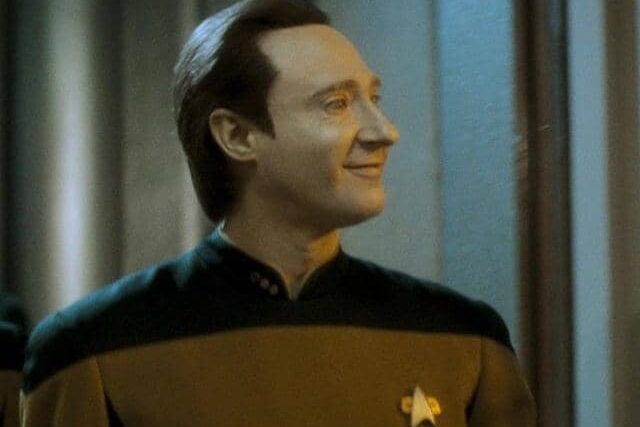
The emotion chip, a device intended to grant the android Commander Data the ability to feel, is a narrative focal point throughout The Next Generation films. The chip, originally built by Data’s creator, Dr. Soong, is introduced in Star Trek Generations, where it’s accidentally implanted. However, the chip’s status and effect fluctuate wildly between movies; it is implanted, then deactivated, then seemingly re-activated and integrated with varying degrees of control. The inconsistent handling of the chip’s function and Data’s use of it often feel like a device to serve the plot’s emotional needs at the moment, rather than a consistent scientific progression, which viewers willingly accept for the sake of Data’s emotional journey.
22. The Lack of Federation-wide Warp Drive Prohibition
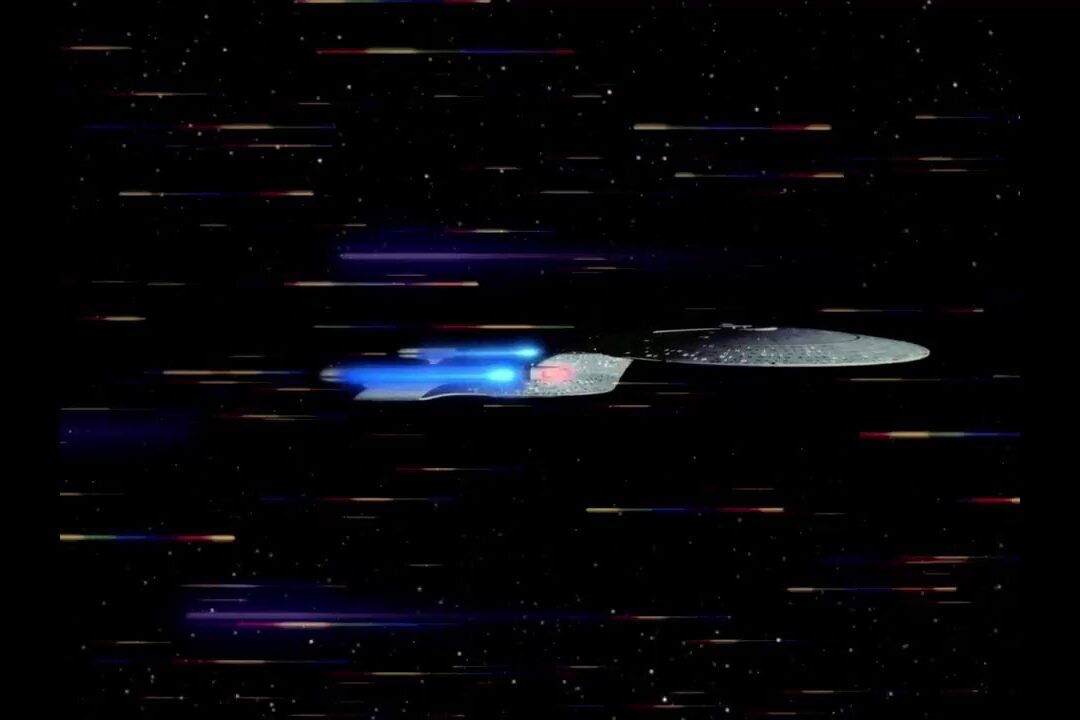
The TNG episode “Force of Nature” introduces a major continuity change: the use of warp drive is shown to be damaging the fabric of space, necessitating a new, Federation-wide speed limit. This is a significant, galaxy-altering revelation that is then almost completely ignored in subsequent episodes and the entire Voyager series, where ships constantly travel at high warp without any apparent concern for spatial damage. The issue was likely a plot point that the writers decided not to pursue due to the limitations it placed on storytelling. Fans disregard the spatial-damage rule as a localized phenomenon that was quickly solved or only applicable to certain older-style warp drives.
23. Starfleet’s Inability to Detect Time Travel
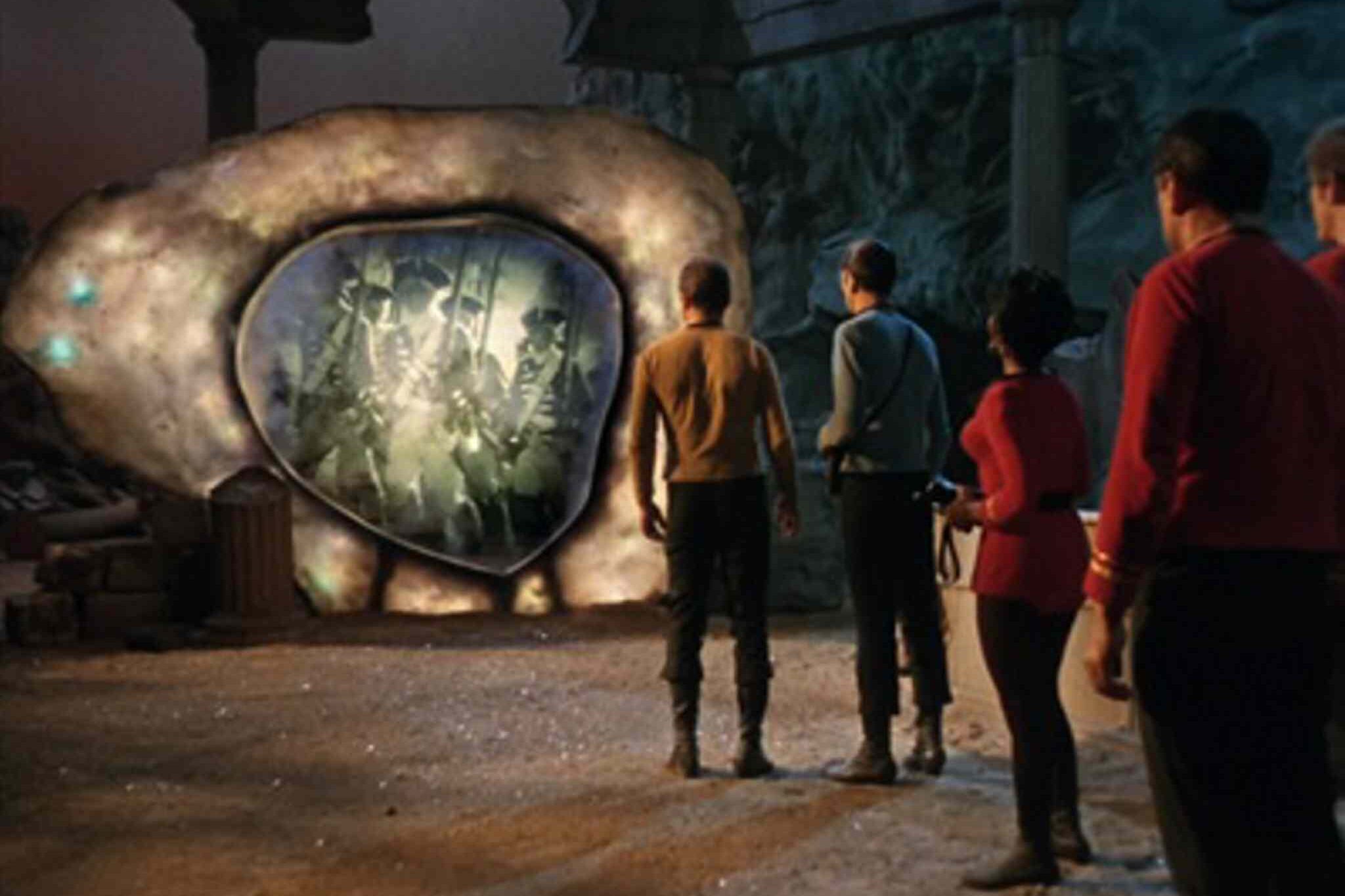
Time travel is a frequent and often-used plot device across all Star Trek series, yet Starfleet seems consistently unable to detect or predict it. Despite the prevalence of temporal incursions, Starfleet Command never appears to develop a reliable system or alert for detecting when an enemy, or even a Federation ship, is meddling with the timeline. This lack of a proactive temporal defense is a major inconsistency, especially given their general technological superiority. The existence of the Temporal Integrity Commission, a sort of ‘time police’ introduced in other material, suggests the issue is known, but the main crews rarely have access to such advanced protection, a convenience that serves the story.
24. Dr. McCoy’s Rapid Age Reversal
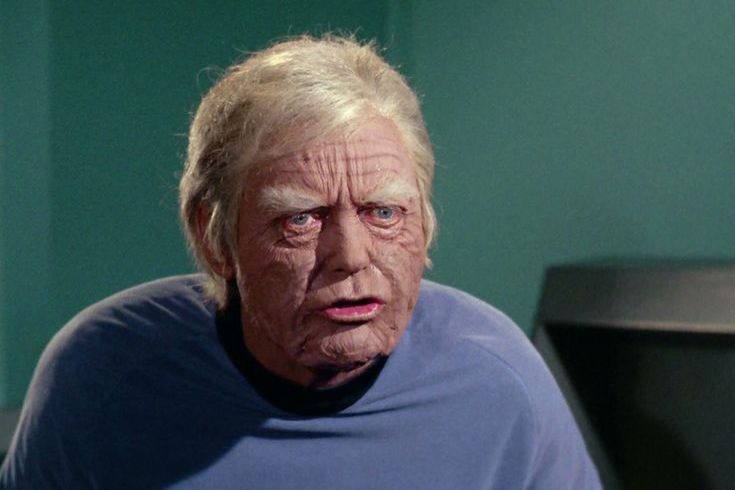
In the TNG episode “Encounter at Farpoint,” a very old Dr. Leonard McCoy makes a guest appearance, a touching nod to The Original Series. However, the timeline of his aging appears too rapid. McCoy was a healthy, middle-aged man in The Original Series films (set in the 23rd century), and only 75 years later, in TNG (set in the 24th century), he appears frail and ancient. Given the advanced medical technology available, which typically allows Starfleet officers to live far longer, his level of decline is an uncharacteristic lapse. The fans simply enjoy the cameo for its nostalgic value, choosing to see it as a symbolic passing of the torch from one Starfleet era to the next, rather than a biological timeline error.
25. The Constantly Changing Defiant Class Name
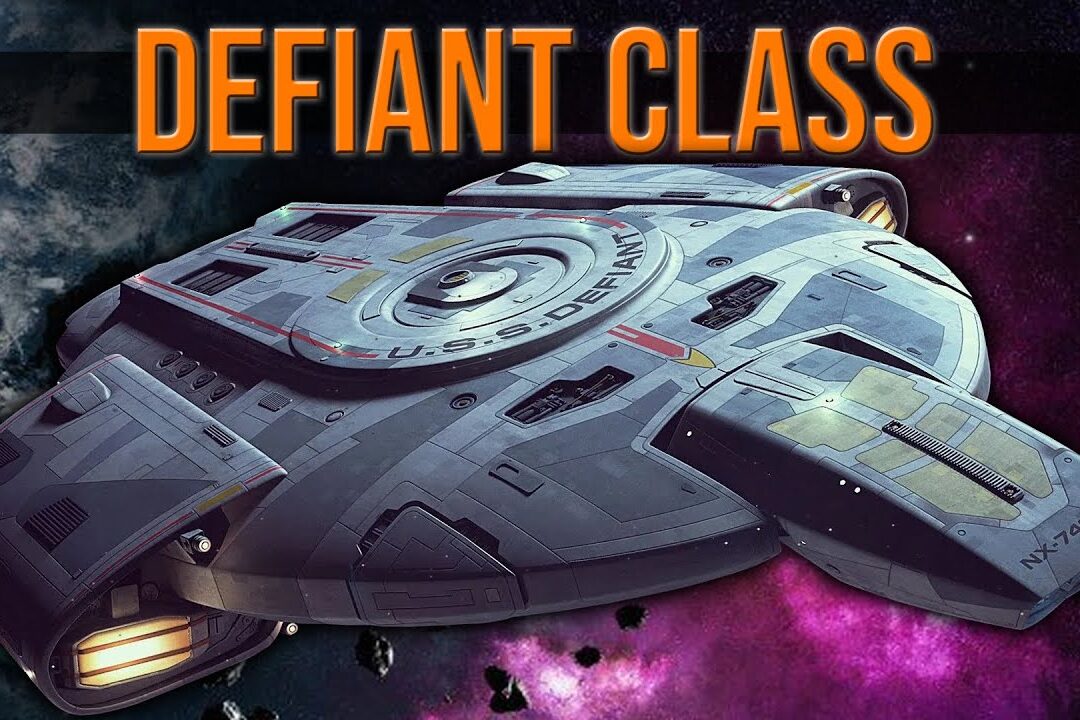
The Defiant-class starship, primarily featured in Deep Space Nine, is a tough, small vessel that is essential to the show’s action. However, the name “Defiant” is itself a source of continuity confusion, as at least two other Federation starships, one from TOS’s “The Tholian Web” and a mirror universe counterpart, are also named Defiant. While ships are often named after previous vessels, the constant presence and often-tragic fate of a ship called Defiant across different timelines and series is an amusing coincidence. Fans view the repeated name as an Easter egg and a tradition, suggesting a particularly defiant spirit in Starfleet that insists on reusing a moniker associated with tough, if doomed, vessels.
Navigating the vastness of Star Trek’s lore means occasionally encountering a few bumps in the temporal road. These 25 moments, far from being flaws, are cherished quirks that remind us of the incredible journey the franchise has taken. They prove that even in the meticulously-constructed universe of the Federation, a little creative freedom is sometimes necessary to boldly go where no story has gone before. We salute the writers, designers, and actors who, despite the occasional slip, have given us a universe worth overlooking a few continuity errors for.
This story 25 Continuity Errors in Star Trek That Fans Love to Pretend Aren’t There was first published on Daily FETCH


